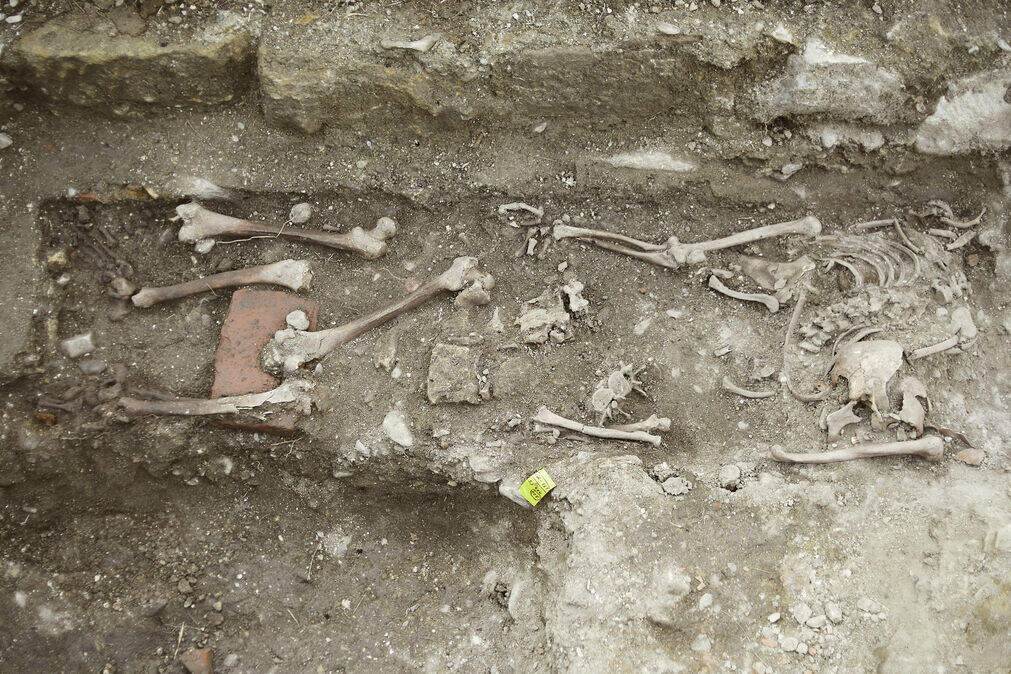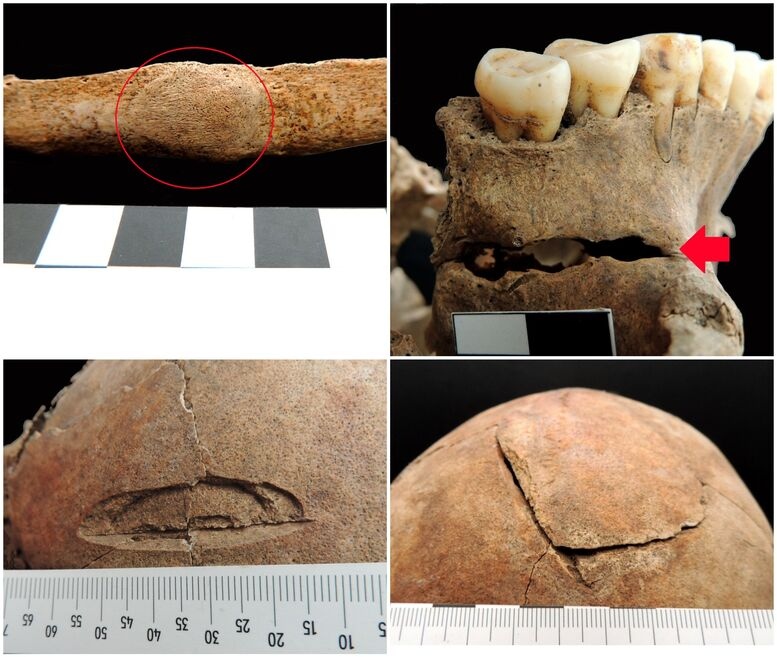Recent research at the Rašaška (or Račeša) archaeological site in eastern Croatia has unveiled a grave with unusual burial practices. This grave, marked as 157, lies beneath the church floor along the southern wall. The findings reveal intriguing details about medieval beliefs surrounding death and the supernatural.
Unusual Burial Practices
The remains in Grave 157 show signs of intentional displacement. Researchers found two stones placed at the head and feet of the skeleton. This arrangement suggests a possible ‘vampire’ burial, a theory supported by anthropological analysis.

Insights into Medieval Beliefs
The findings highlight the persistence of vampire folklore in Eastern medieval Europe. The skeletal analysis indicates that the individual was a male aged between 40 and 50 years. He likely endured a life of physical hardship, as evidenced by wear on his spinal vertebrae and lower limbs. The skeleton also shows signs of healed injuries, suggesting a history of violence. Ultimately, he died from injuries to his skull.
Disturbing Body Positioning
One striking aspect of this burial is the deliberate twisting of the body after death. The torso faces down while the limbs point upward. This unusual orientation may reflect societal views of the deceased as a “deviant social person,” raising fears that he could return from the grave.

Historical Context of the Račeša Site
The Račeša site was discovered in 2011 during systematic excavations of the larger Bobare settlement. Historical records indicate that it was originally associated with the Templars. Later, it passed to the Order of the Knights of the Hospital of Saint John of Jerusalem and eventually to local nobility from the 13th to the 16th century.
From 2012 to 2023, archaeological investigations revealed an architectural complex containing 181 skeletal burials and numerous dislocated bones. Typically, the deceased were interred on their backs in an east-west orientation. They often had their arms crossed over their hips or extended alongside their bodies. Only a few small fragments of personal jewelry were found in some graves. Radiocarbon dating indicates that most burials date back to the 15th and 16th centuries.
Cover Image Credit: Milica Nikolić





